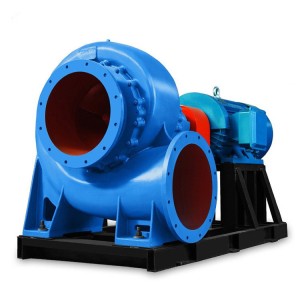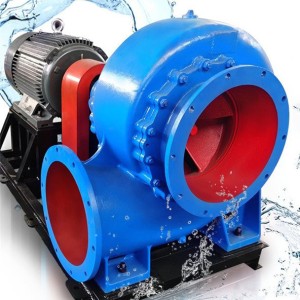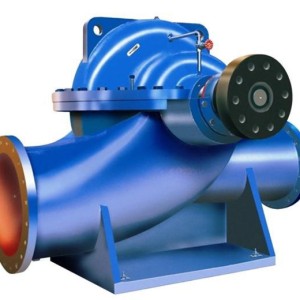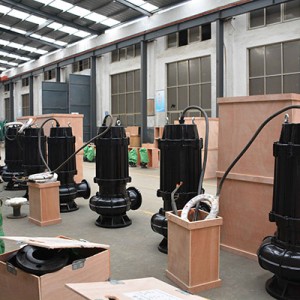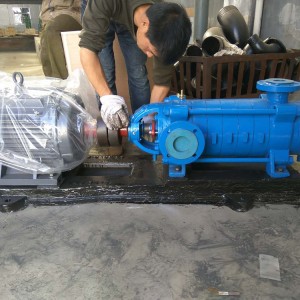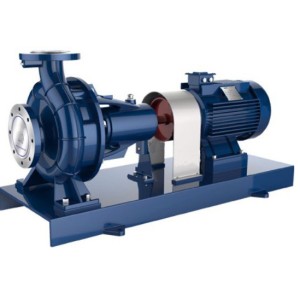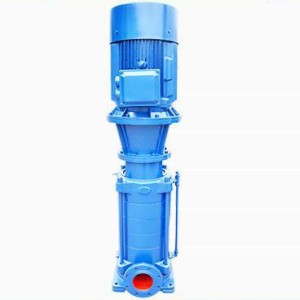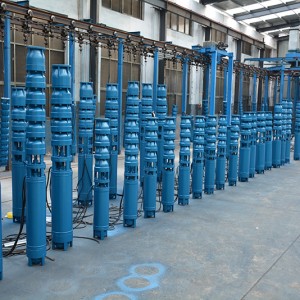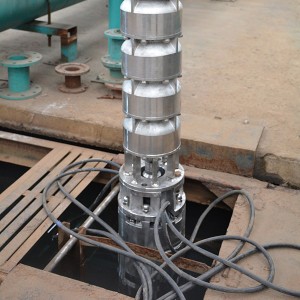Worthington in the United States invented a piston pump in which the pump cylinder and the steam cylinder were opposed, and the steam directly acted on the piston pump, marking the formation of the modern piston pump.
The 19th century was the climax of the development of piston pumps, and they were used in hydraulic presses and other machinery at that time. However, with the rapid increase in water demand, starting from the 1920s, low-speed, highly restricted piston pumps have gradually been replaced by high-speed centrifugal pumps and rotary pumps. However, reciprocating pumps still occupy a major position in the field of high pressure and small flow, especially diaphragm pumps and plunger pumps, which have unique advantages and are increasingly used. The emergence of rotary pumps is related to the increasingly diversified requirements for liquid transportation in the industry.
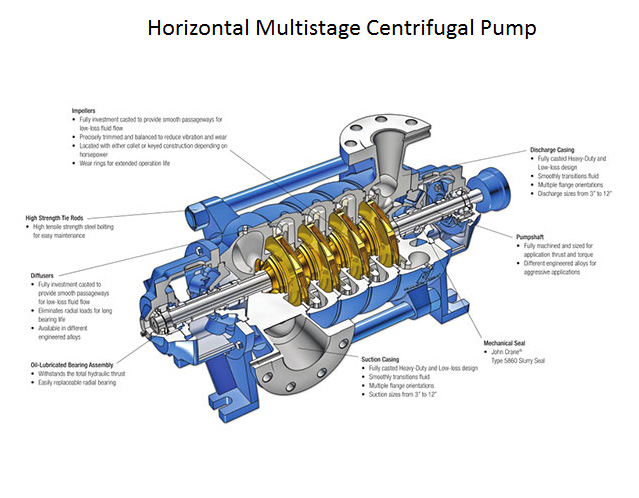
There was a record of four-blade sliding vane pumps as early as 1588, and various other rotary pumps appeared one after another. However, until the 19th century, rotary pumps still had shortcomings such as large leakage, large wear and low efficiency.
At the beginning of the 20th century, people solved the problems of rotor lubrication and sealing, and adopted high-speed electric motors to drive. Rotary pumps suitable for higher pressure, medium and small flow rates and various viscous liquids have developed rapidly. The types of rotary pumps and the types of liquids that are suitable for delivery are beyond the reach of other types of pumps. The centrifugal pump appeared as early as the 5th century. It was a wooden pump used to drain water in the Santo Domingo copper mine. It is now displayed in the Paris Museum.
At the end of the 15th century, the famous Italian scholar Leonardo Da Vinci proposed the concept of centrifugal pump. French physicist Tannis Baben produced the experimental model of centrifugal pump in 1689. In 1705, Baben improved on the basis of the experimental pump. , Produced the first multi-blade pump with a spiral pressurized water chamber. But closer to modern centrifugal pumps are the so-called Massachusetts pumps with radial straight blades, semi-open double-suction impellers and volutes that appeared in the United States in 1818.
From 1851 to 1875, multi-stage centrifugal pumps with guide vanes were invented one after another, making it possible to develop high-lift centrifugal pumps. Although as early as 1754, the Swiss mathematician Euler proposed the basic equations of impeller hydraulic machinery, which laid the theoretical foundation for the design of centrifugal pumps, but the actual application of centrifugal pumps has not been developed. The steam engine flourished so that all The pump geometry is all positive displacement pumps-reciprocating pumps.
After the advent of steam turbines, advances in power generation technology and the advent of electric motors, high-speed prime movers appeared, which enabled the centrifugal pump to obtain an ideal source of power, and its superiority could be brought into full play. As a result, centrifugal pumps (and the axial flow pumps and mixed flow pumps that appeared later than it) quickly developed.
Based on the theoretical research and practice of many scholars such as Renault in the United Kingdom and Pfleidrell in Germany, the efficiency of centrifugal pumps has been greatly improved, and its performance range and application fields have also been expanding. It has become the most widely used in modern times. The pump with the largest output.
Post time: 2021-12-14


